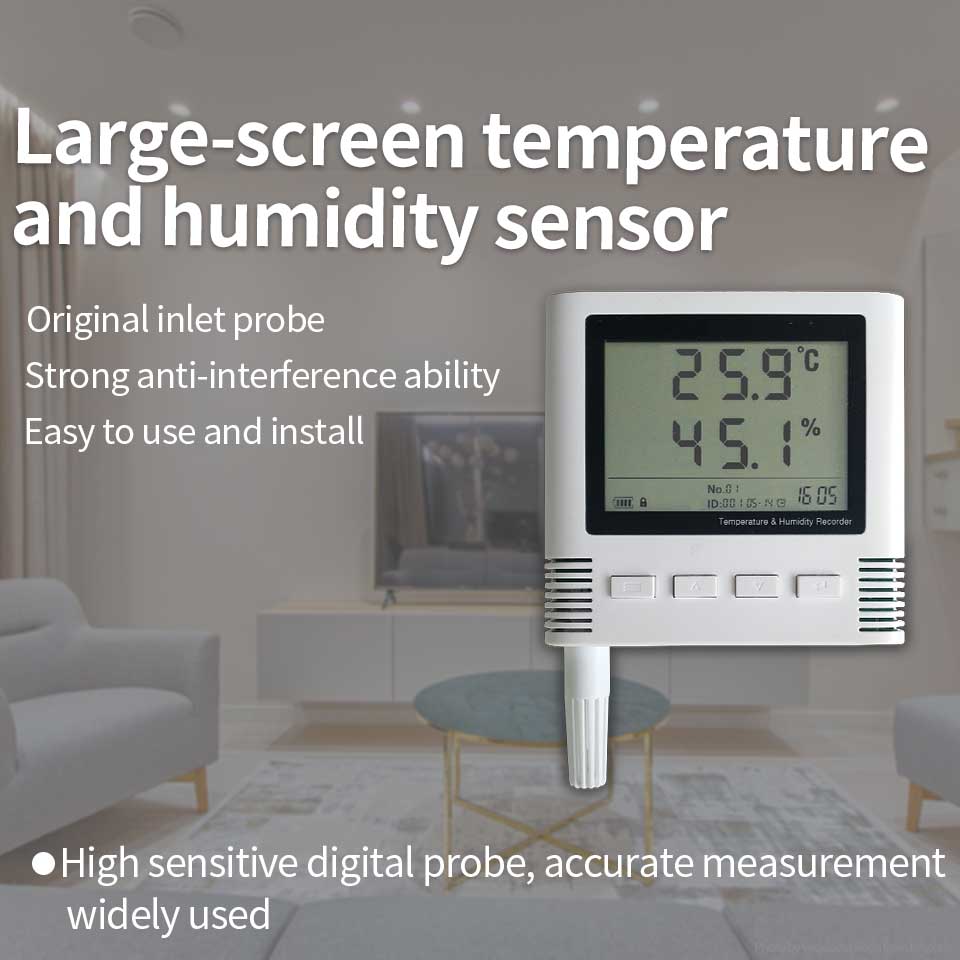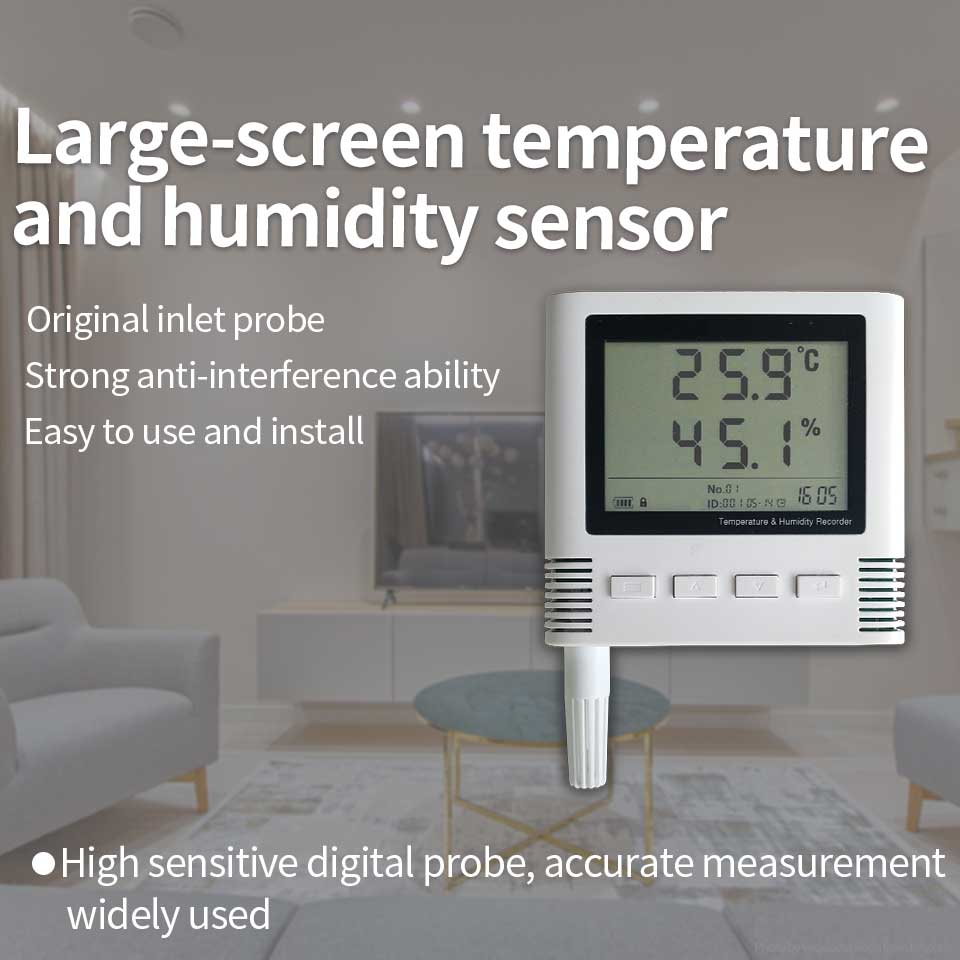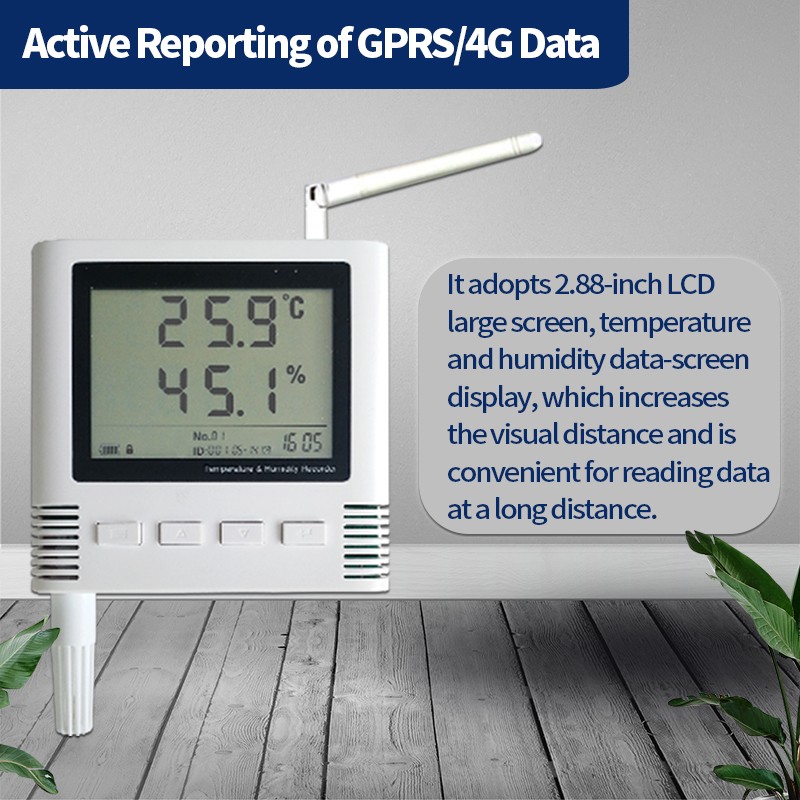
How to choose a good temperature and humidity sensor?
Temperature and humidity sensor is only one of the sensors, just the air temperature and humidity through a certain detection device.

Temperature and humidity sensor is only one of the sensors, just the air temperature and humidity through a certain detection device.
Temperature and humidity sensor is only one of the sensors, just the air temperature and humidity through a certain detection device, measured temperature and humidity, according to a certain law into electrical signals or other required forms of information output, to meet user needs. Because temperature and humidity are closely related to physical quantity itself or in actual people's life, the temperature and humidity sensor will be generated accordingly. The temperature and humidity sensor refers to the equipment or device that can convert the temperature and humidity into electrical signals that can be easily measured and processed. Temperature and humidity sensors on the market are generally used to measure temperature and relative humidity.

Temperature and humidity sensor selection based on measurement accuracy is the most important indicator of humidity sensor, each percentage point, for humidity sensor is a step, or even a grade. Because to achieve different accuracy, their manufacturing costs vary greatly, and their selling prices vary greatly. So the user must be tailored to suit, should not blindly pursue "high, fine, sharp". If the humidity sensor is used at different temperatures, its display value should also consider the influence of temperature drift.
As we all know, relative humidity is a function of temperature, and temperature seriously affects the relative humidity in a given space. For every 0.1℃ change in temperature. A 0.5%RH humidity change (error) will be generated. If it is difficult to achieve constant temperature, it is not appropriate to put forward too high humidity measurement accuracy. In most cases, an accuracy of ±5%RH is sufficient if there is no accurate temperature control or if the space to be measured is not sealed.
For the local space that requires accurate control of constant temperature and humidity, or the occasion that needs to track and record humidity changes at any time, the humidity sensor with accuracy above ±3%RH is selected. And the accuracy is higher than ±2%RH requirements, I am afraid that it is difficult to calibrate the sensor's standard humidity generator, let alone the sensor itself.
Relative humidity measuring instruments, even at 20 -- 25℃, to achieve 2%RH accuracy is still very difficult. Usually the properties given in the product data are measured at room temperature (20℃±10℃) and clean gas.
In actual use, due to the influence of dust, oil and harmful gases, the use of a long time, electronic humidity transmitter will produce aging, precision decline, electronic humidity sensor annual drift is generally ±2% or so, or even higher. Under normal circumstances, the manufacturer will indicate that the effective use time of a calibration is 1 or 2 years, and it needs to be re-calibrated when the time is due.
The selection criteria for temperature and humidity sensors are the same as those for measuring weight and temperature. When selecting a humidity sensor, you must first determine the measurement range. In addition to the meteorological and scientific research department, temperature and humidity measurement and control generally do not need full wet range (0-99.9%RH) measurement.

The temperature and humidity sensor is non-sealing. In order to protect the accuracy and stability of measurement, it should be avoided in the acidic, alkaline and organic solvent containing atmosphere. Also avoid use in dust-heavy environment.
In order to correctly reflect the humidity of the space to be measured, it should also avoid placing the sensor too close to the wall or the dead corner where the air does not circulate. If the room being tested is too large, multiple sensors should be placed. Some humidity sensors require relatively high power supply, otherwise it will affect the measurement accuracy.
Or the sensors interfere with each other or don't even work. When using, the power supply should be provided in accordance with the technical requirements and meet the accuracy requirements. When the sensor needs to carry out long-distance signal transmission, attention should be paid to the problem of signal attenuation. When the transmission distance is more than 200m, it is recommended to use the humidity sensor with frequency output signal.